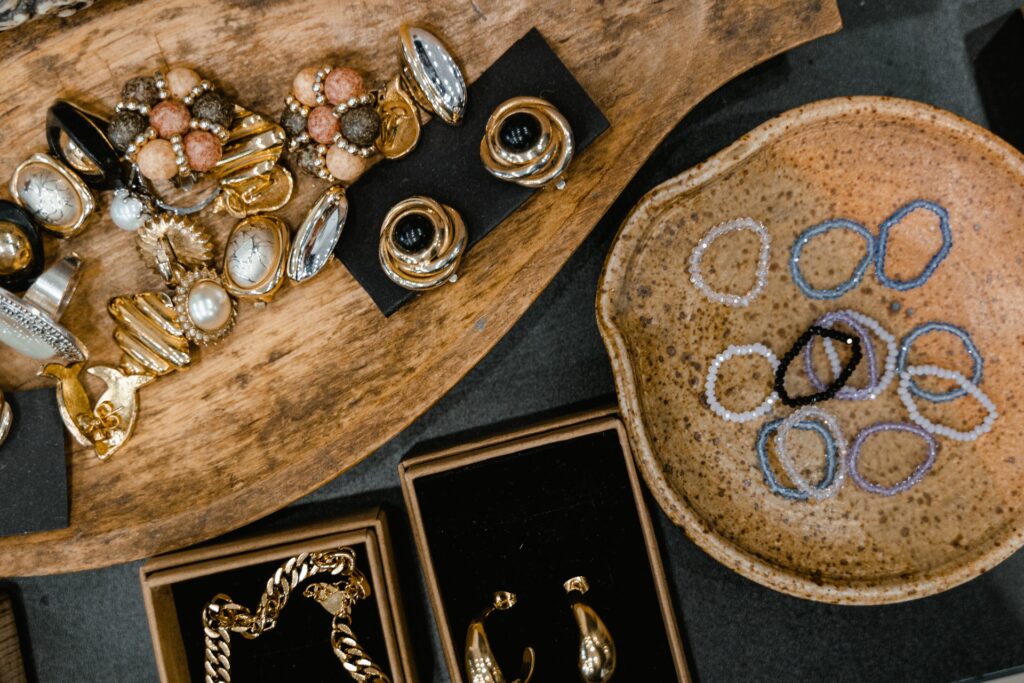
There is an enormous number of types of jewelry out there. There are dozens and dozens of them. We will try to give you a comprehensive list of different jewelry types and their meanings. Also, we will provide you with some background on different styles of jewelry history itself.
We can roughly divide them into 9 categories. And then divide them by skin tone, by the shape of your face, or even by your zodiac sign!
Table of contents
- A History of Jewelry
- Head Jewelry
- Neck Jewelry
- Arms Jewelry
- Hands Jewelry
- Body jewelry
- Feet Jewelry
- Special Jewelry
- Religious jewelry
- Other
- Conclusion
History of Jewelry
The art of wearing jewelry is almost as old as mankind itself. Even ancient people living in caves adorned their bodies with jewelry. Although, they did not make their jewelry out of metal and precious stones as it is custom today.
The most valued members of the community at that time were hunters. To show their expertise, they wore jewelry made of shells, stones, feathers, and bones. Materials that were available around them.
The earliest jewelry ever found is about 25,000 years old. It was a necklace made out of fish bones. Those who had enough of those materials to adorn themselves were recognized as people of high status.

As time went on, materials changed, but the concept remained the same. Those who had enough valuable materials flaunted them around in different shapes and forms to show their wealth and position in society.
Head Jewelry
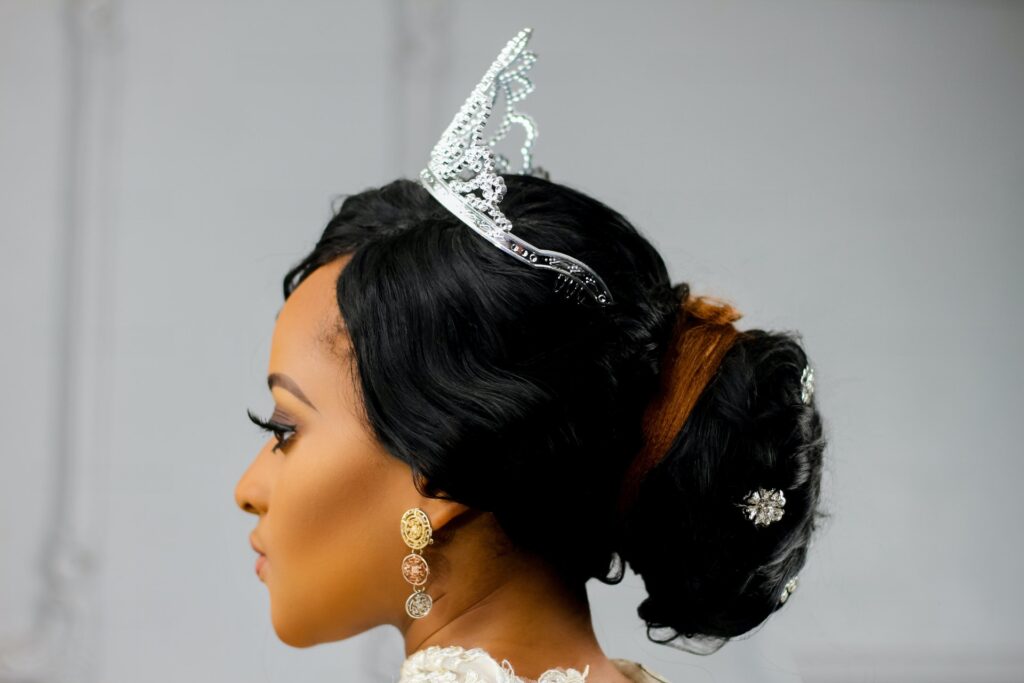
Head jewelry is probably the most well-known type of jewelry. It is the jewelry that most people first start wearing, and that most people first notice on others. We will give a brief description of some less known types.
- Crowns
- Earrings
- Ear cuffs
- Hairpins
- Hair rings
- Small metal straps that we use to hold strands of hair date from at least the Bronze Age. Hair rings made from solid gold or gilded clay, bronze, or lead. The ancient Egyptians wore hair rings made of ceramic, alabaster or jasper. Metal hair rings were, so to speak, the great-grandmothers of fabric hair bands, like hair ties, which became popular in modern times.
- Hatpins
- Jadanagam
- Jewelry that has become popular in South India, literally means “hair snake”. It is a jewel headdress that adorns the braided hair. It is an incredibly elaborate piece of jewelry that is often decorated with diamonds, rubies and other precious stones.
- Sarpech
- also known as an shirpej or aigrette, was worn thousands of years ago and was used to decorate the turbans of princes in the Middle East. Women of high stature started wearing these elaborate head ornaments as tiaras. They were usually complex golden bands worn around the front of the head (or turban) with gems added to them.
- Shinka
- The Shinka is an ancient headdress and traditional Indian hair ornament that is attached to the front of the head with gold hooks. The shinka is a heavy piece of gold chains and other ornaments, such as stylized animals and precious stones. It is still seen as a hair accessory for newly married women in modern India.
Neck Jewelry
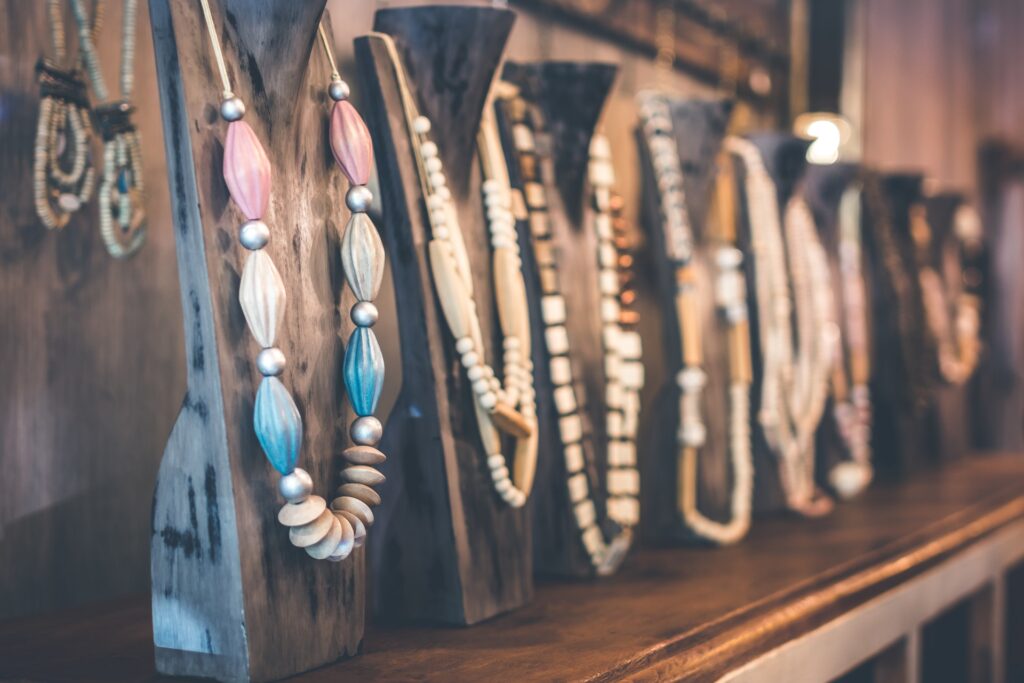
The neck is a natural place to display jewelry. Necklaces are one of the earliest types of jewelry ever invented and have evolved into dozens and dozens of different shapes and styles throughout history.
- Chokers
- Necklaces
- Torc
- Torcs necklaces are thousands of years old, they come from the Celtic cultures in Europe. The bronze, silver, gold, and copper torques were often formed from twisted metal bands. They were made in open neck designs with two connections at each end. fits well around the neck. They were popular with Celtic warriors and, according to world history, likely had spiritual significance.
Arms Jewelry
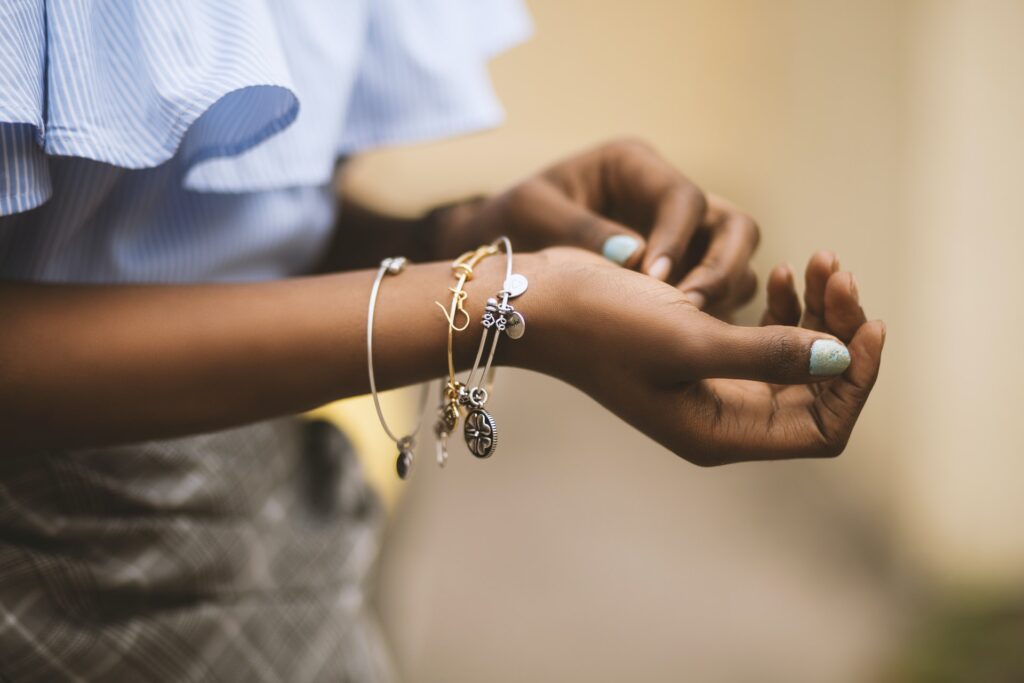
- Armlet
- Bangle
- Bangles have been worn in India since ancient times. The word itself comes from the Hindi Bangri or Bangali. One of the oldest artifacts ever found in India is the figure of a woman wearing bangles.
They have acquired a special cultural significance in India. An indispensable accessory for married women, because bangles are considered lucky charms. The colors and materials of the bracelets have a special meaning. For example, white bangles are a symbol of new beginnings.
Bangles are rigid bracelets with no clasps. They have an open design that slides around the wrist.
- Bangles have been worn in India since ancient times. The word itself comes from the Hindi Bangri or Bangali. One of the oldest artifacts ever found in India is the figure of a woman wearing bangles.
- Bracelet
- Cuff links
Hands Jewelry
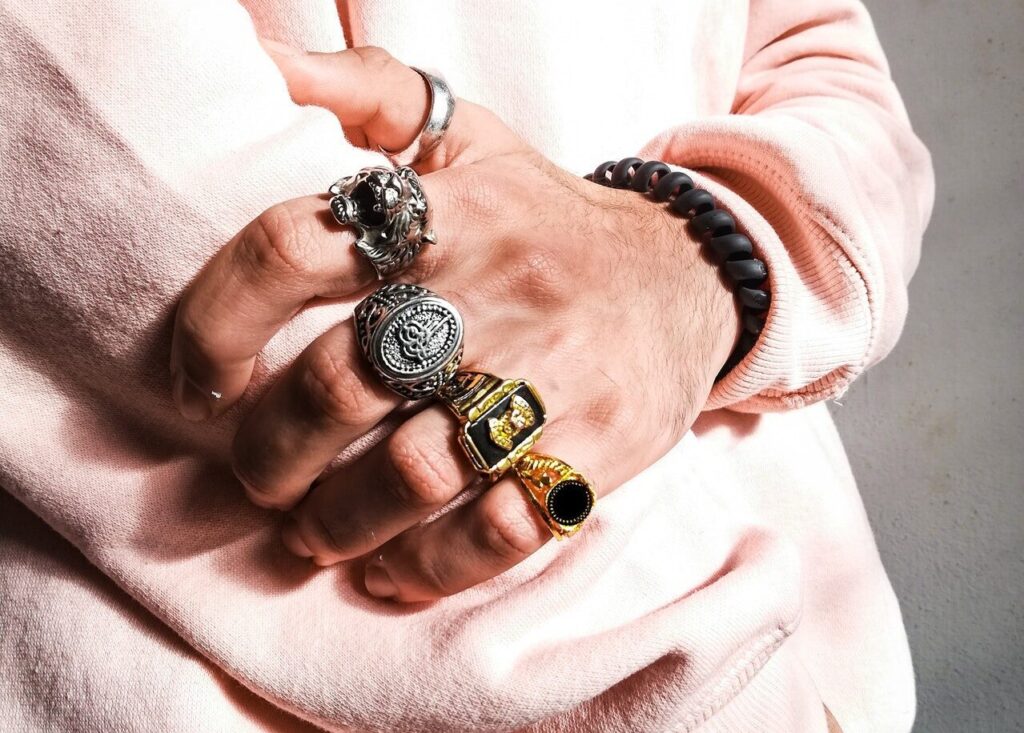
- Rings
- Hathphool
- Hathphool translates to “flowers for the hand”. The other name for them is panchangala.
This elaborate, handcrafted, piece of jewelry consists of a bracelet with chains, that run up the back of the hand and connect to five rings on each finger.
Each of the rings has a different floral pattern. On the thumb there is a small mirror. Precious stones and gold in an intricate and sparkling design, together, create the hathpool.
- Hathphool translates to “flowers for the hand”. The other name for them is panchangala.
- Slave bracelet
- The name of the slave bracelet is extremely disturbing. This is primarily a slang name for a style also known as the belly dancer bracelet and harem bracelet, although its more correct name is the hath panja bracelet. This is a type of bracelet that has a chain conected to a ring.
Body Jewelry
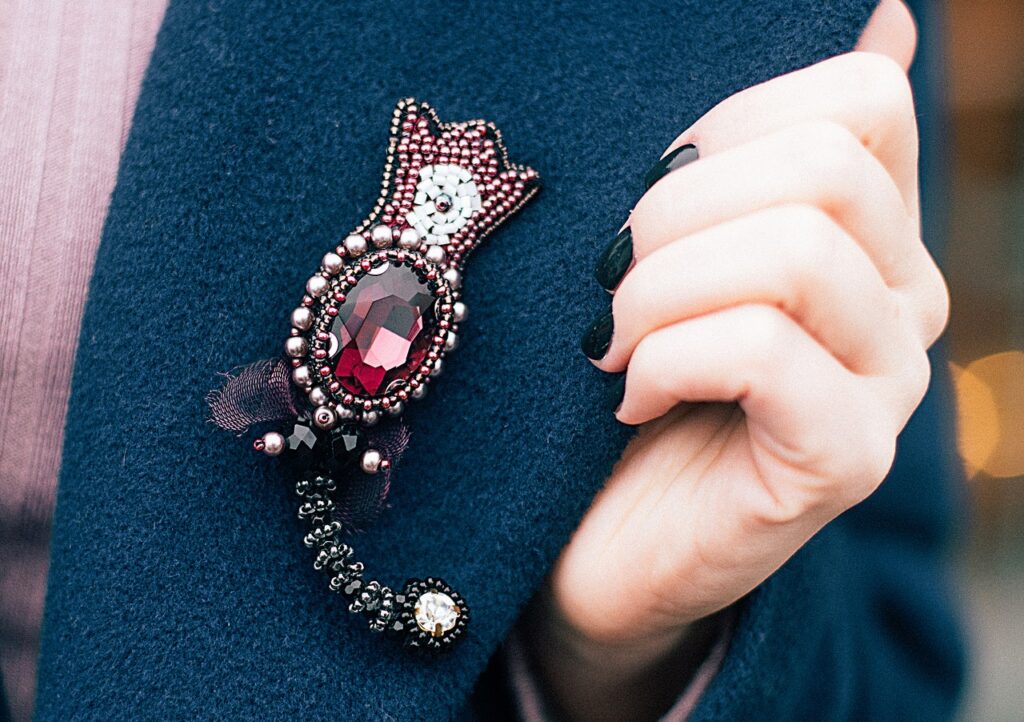
- Belly chain
- Body piercings
- Brooch
- Chatelaine
- Unlike many of the other jewelry styles on this list, chatelaines are a thing of past times. This is a piece of jewelry that consists of several dangling chains attached to a belt. The chains have small hooks at the ends to allow the user to hang up keys, watches, purses, scissors and other utensils.
Feet Jewelry
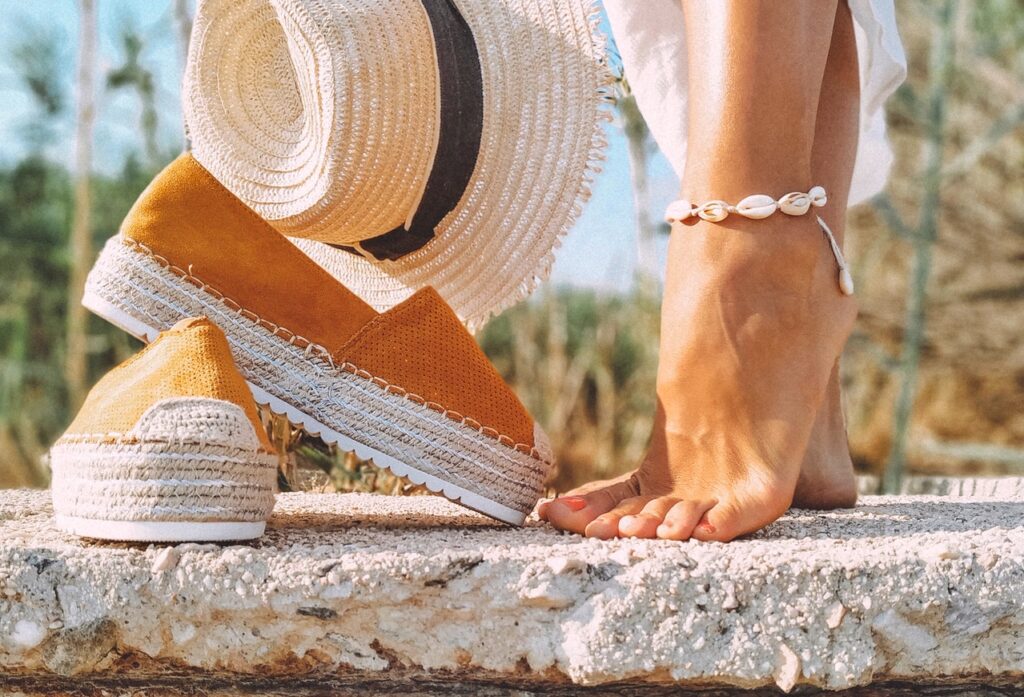
- Anklets
- Anklets are bracelets that have been specially made to encircle the ankle and have been around since at least 5000 BC when they were used in ancient Sumer.After all those years, anklets are still worn today.
- Toe rings
- Toe rings don’t seem to be seen that much in European and U.S. fashion, however they’re just about inevitable in India. Hindi ladies wear them as a symbol that they’re married. The other name for toe rings in India is bichwa.
Special Jewelry
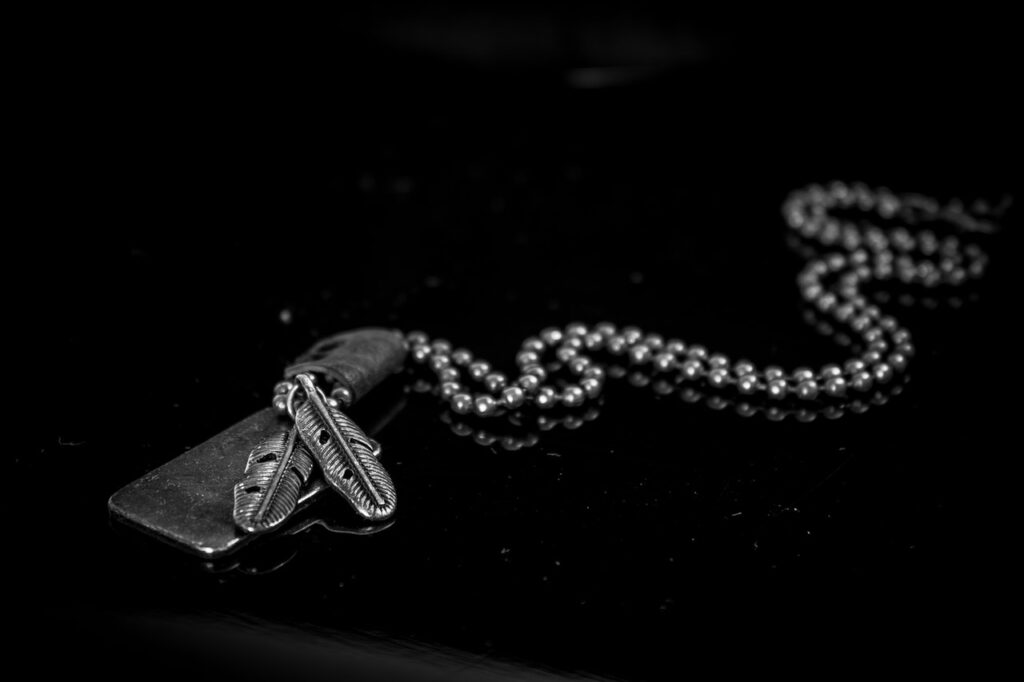
- Amulet
- Also known as a talisman, an amulet is meant to bring luck, good fortune or some other specific energy to the wearer. It may be used for protection, to improve health or for any other purpose you might name.
- Celibacy rings
- Medical alert jewelry
- Military dog tags
- Pledge pins
- Students trying to join sorority or fraternity wear these decorative, engagement pins. Because of that, they are wearing them continuously during the entire procedure. They have surprisingly long history and were first used by The Phi Beta Kappa Society, founded in 1776.
- Puzzle rings
- It is said that they originated in Turkey as part of elaborate plot of one of their kings to make sure his wife remains faithful. By making it impossible for his wife to take it off without being it obvious. Or so the legend says.
- Shoe jewelry
- There are several different types of shoe jewelry that can be used to spice up your footwear. They include shoe clips, shoelace charms, boot and shoe chains.
- Thumb ring
Religious Jewelry
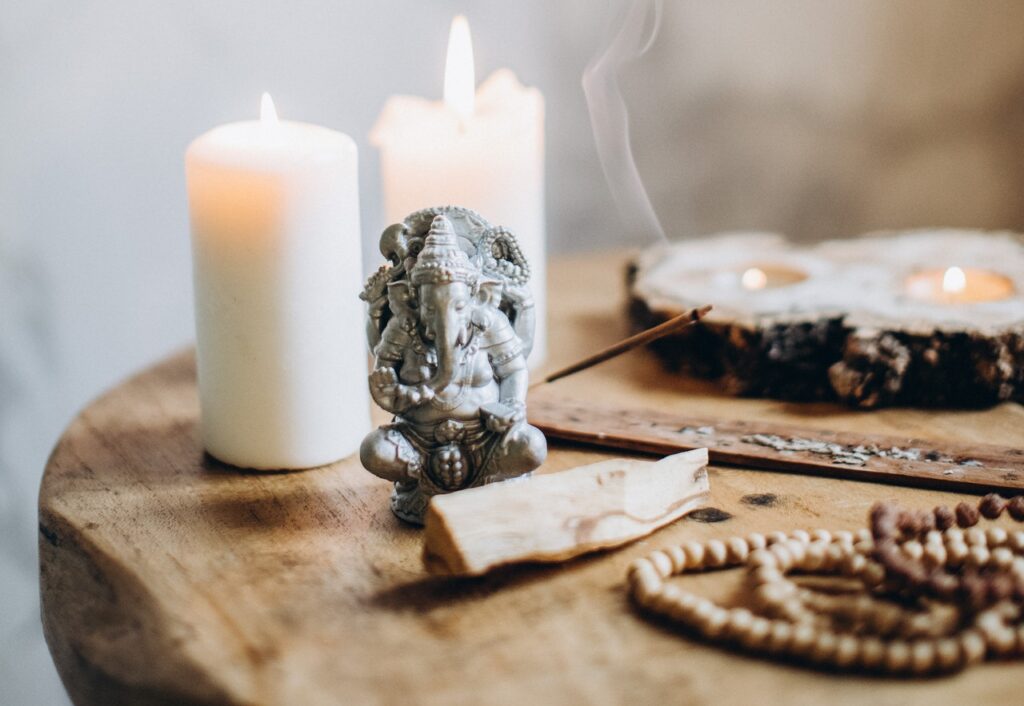
Many types of jewelry can be symbolic of religion, such as necklaces that bear specific spiritual emblems.
- Japa malas
- The Japa mala is a string of beads that is used while chanting mantras. These beads are popular throughout India and Asia. As you might have guessed, they are used by Buddhists, Hindus and Sikhs.Japa mala beads are very similar to the Catholic rosary.
- Prayer beads
- Rosary
Other
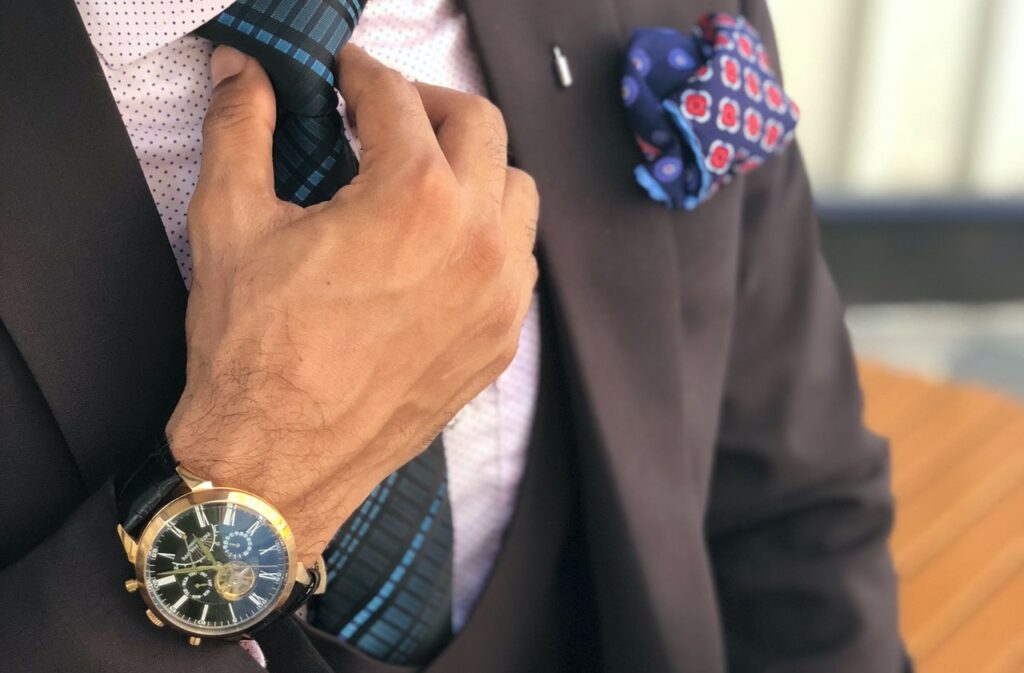
- Cameo
- The classic cameo is a type of brooch with specific properties. The cameo has a raised emblem in the center. The embossed emblem, which is usually a face carved in profile, rests on a flat ground and is surrounded by other decorative elements.
- Watches
- Tie Clips
- A tie clip is a clothing accessory that, as the name suggests, is traditionally used by men to attach the tie to the front of the shirt, this prevents swaying and ensures that the tie hangs straight. They are usually made of metal and can have ornaments and decorative patterns. Another popular usage is indication of membership in exclusive groups and are also used as reminders. They gained popularity in the 1920s when ties were made from more delicate materials like silk.
Conclusion
So, here we are, at the end… Or is it just the beginning? 😃
Improving one’s knowledge, on any topic, is a neverending story, but it is a fun one! Join us on our jewelry adventure for more in-depth topics.
Contact us, and tell us what you want to hear about next!
